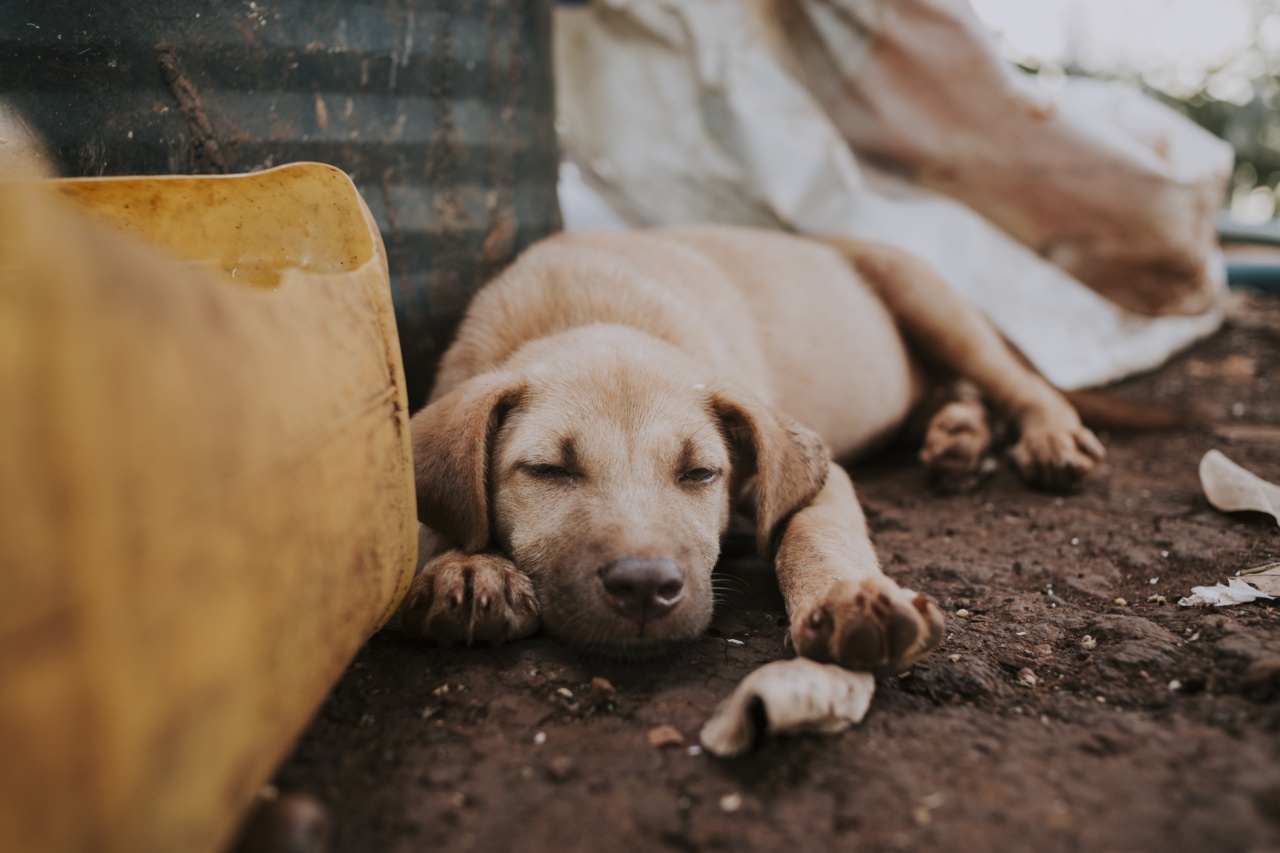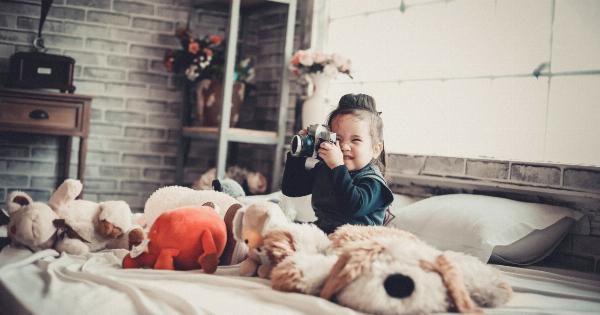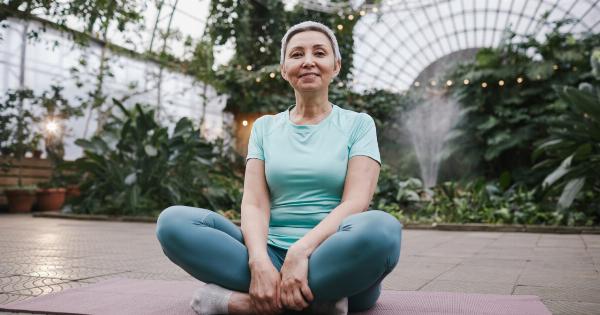If you have a dog that has had little socialization with other people or animals, it’s important to take steps to protect them.
Dogs that lack socialization may be anxious or aggressive in new situations, making it difficult for them to interact with other people or animals. Here are some ways to help protect your dog with little socialization:.
1. Provide a Safe Space for Your Dog
One of the most important ways to protect your dog with little socialization is to provide them with a safe space. This could be a crate or a designated room in your house where your dog feels comfortable.
Make sure your dog has access to their safe space whenever they need it. This will give your dog a sense of security and help them feel more comfortable in new situations.
2. Use a Leash When Walking Your Dog
If your dog has little socialization, it’s important to use a leash when walking them. This will help you control your dog and keep them from getting into dangerous situations. Make sure to use a sturdy leash and collar that fits your dog properly.
You should also never leave your dog unattended while they are on a leash.
3. Teach Your Dog Basic Commands
Teaching your dog basic commands is another important way to protect them. Commands like “sit,” “stay,” and “come” can be useful in keeping your dog safe in new situations.
Make sure to practice these commands regularly with your dog so they are comfortable with them.
4. Socialize Your Dog Slowly
If your dog has little socialization, it’s important to socialize them slowly. Start by introducing your dog to one new person or animal at a time.
Make sure the introduction is calm and positive, and never force your dog to interact with someone or something they are uncomfortable with.
5. Use Positive Reinforcement
Positive reinforcement is key when it comes to training and socializing your dog. Use treats and praise to reward your dog for good behavior. This will help your dog feel more comfortable and confident in new situations.
6. Consider Hiring a Professional Trainer
If your dog has little socialization and you are struggling to help them feel more comfortable and confident, consider hiring a professional trainer.
A trainer can work with you and your dog to develop a training plan that is tailored to your dog’s specific needs.
7. Monitor Your Dog’s Behavior
It’s important to monitor your dog’s behavior when they are in new situations. Look for signs of anxiety or aggression, and be ready to remove your dog from the situation if necessary. Never push your dog too hard, and always go at their own pace.
8. Provide Plenty of Exercise and Mental Stimulation
Exercise and mental stimulation are important for all dogs, but they are especially important for dogs that lack socialization. Make sure your dog gets plenty of exercise each day, and provide them with toys and puzzles that stimulate their mind.
9. Keep Your Dog Up to Date on Vaccinations
Keeping your dog up to date on vaccinations is important for their health and safety. Make sure your dog is vaccinated against common diseases like rabies and distemper, and keep a record of their vaccinations.
10. Be Patient and Consistent
Finally, it’s important to be patient and consistent when working with a dog that has little socialization. Socialization is a process, and it may take time for your dog to feel comfortable in new situations.
Stick with it, and be consistent in your training and behavior expectations.






























